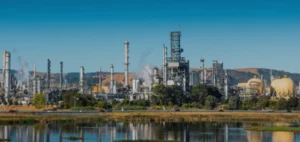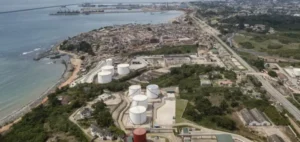Shell PLC, in partnership with Equinor ASA, has given the green light to Sparta, a 90,000-barrel-per-day oil and gas platform in the Gulf of Mexico. This project, the first under Shell CEO Wael Sawan, represents a strategic milestone, with production scheduled to start in 2028. This move marks a partial retreat from Shell’s energy transition plans, which focus on increasing profits from oil.
Shell’s Exploration and Investment Strategy
According to Rich Howe, Executive Vice President of Shell’s Global Deep Water business, the company plans to pursue aggressive exploration in the Gulf of Mexico. This strategy aims to develop new resources to offset the natural decline in production. Shell, which owns 51% of Sparta, will operate the platform, with Equinor holding the remaining share. The cost of the investment was not disclosed.
Implications for Production and Energy Transition
This announcement comes after Shell abandoned its plan to cut oil production by 1 to 2% a year, opting instead to maintain stable production until 2030. This decision raises questions about Shell’s commitment to the energy transition, while highlighting the challenges of balancing profitability and environmental responsibility.
Economic and environmental context
The Sparta project is part of a complex economic and environmental context. On the one hand, it represents an economic opportunity for Shell and Equinor, but on the other, it raises environmental concerns, particularly with regard to climate commitments and the transition to cleaner energies.
The launch of the Sparta platform by Shell and Equinor in the Gulf of Mexico is a significant development for the oil industry. However, it highlights the tensions between oil production targets and the imperatives of energy transition, a major challenge for the energy giants in the years ahead.






















